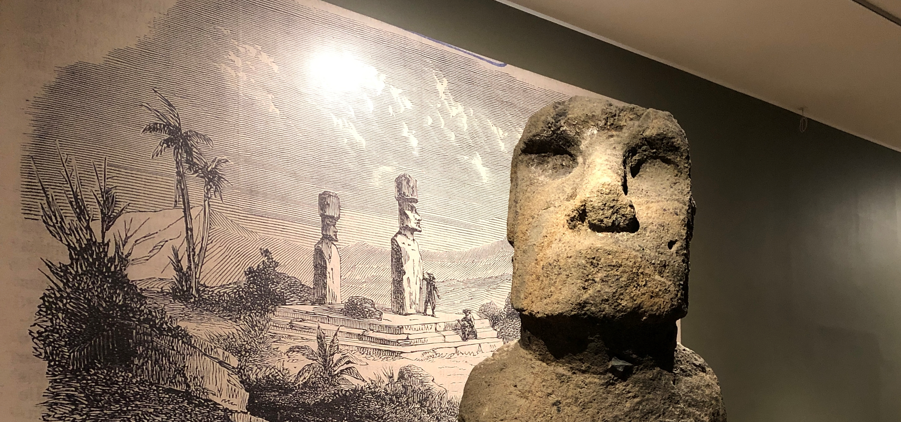We came to Chile with the main purpose of visiting Rapa Nui. It’s been on my bucket list, since I started keeping one. After all we went through to get into Chile during this pandemic (see Chile’s Entry Requirements Gone Awry), we were sorely disappointed when Latam cancelled our flights to the island. They completely closed down to tourists after the Omicron spike.
This prompted me to try and make lemonade, by looking for a stray statue on the mainland. Behold, I found two. One in Viña del Mar and the other in La Serena – two cities we were planning to visit anyway.
More research revealed that many Moai have been taken and relocated around the globe for reasons of “education”, or in my opinion, because they are so cool-looking everyone wants one. Since these figures represent ancestors of the Rapanui, removing them is a lot like desecrating a gravesite. Some people chose to be willfully ignorant about such things and find ways to justify what they do. There is so much wrong with the way Europeans have treated the indigenous peoples of the world. Sigh… Currently, Moai can be found in the UK, France, Belgium, the U.S, and New Zealand. There is always talk of putting them back; let’s hope they take steps to right their wrongs.
Viña del Mar
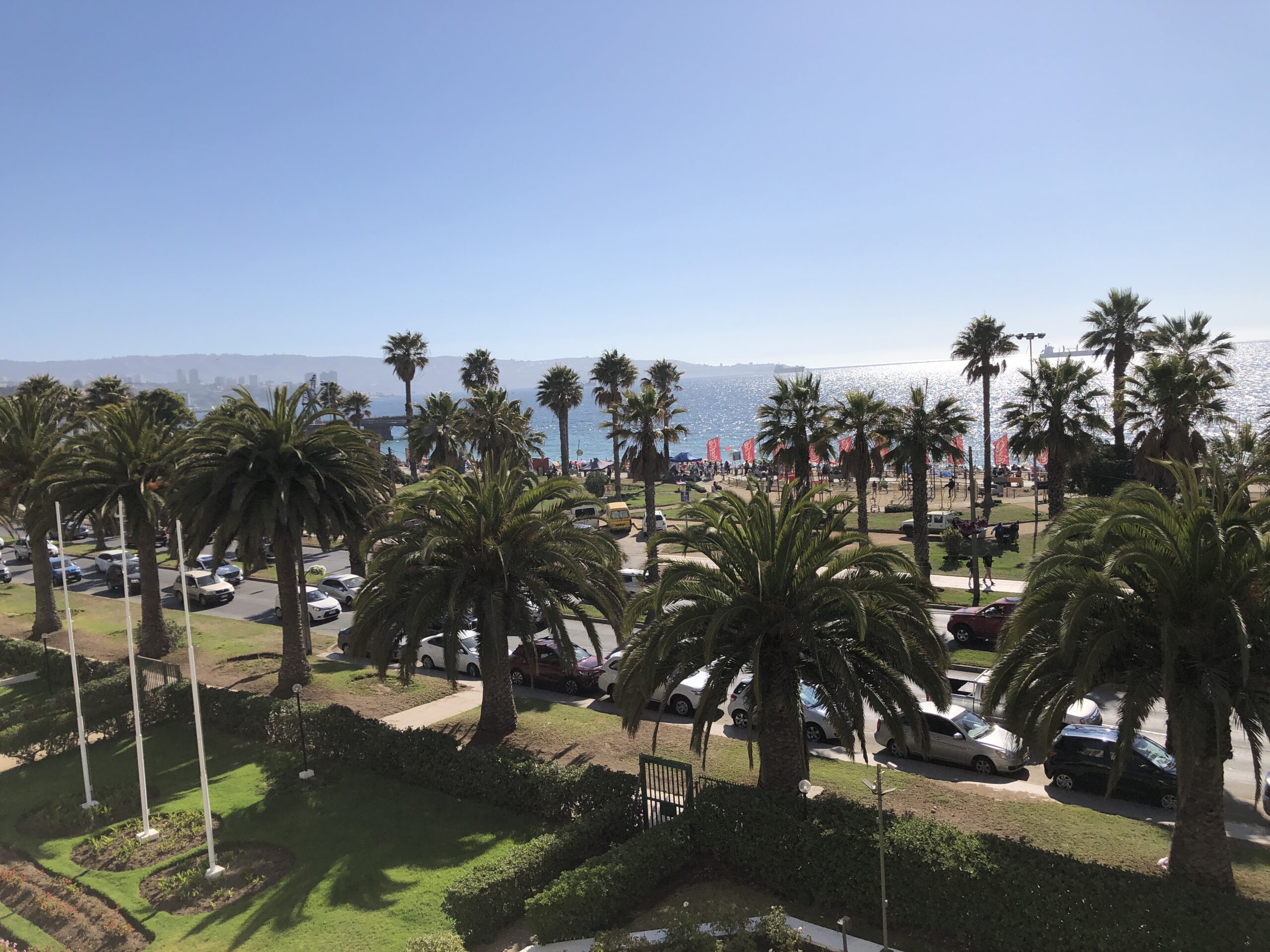
Viña del Mar is a sea side town, larger than expected, and activities revolve around the beach and restaurants. The Pacific wind keeps the beach cooler than you’d like. Even in February, their hottest month, it’s a bit chilly in a bikini. The water is too rough to swim in, but the sound of the ocean eroding the beach is calming. It’s too bad, the beach road is so noisy. By day, a circus truck, armed with loud speakers, blasts its message about how awesome their circus is and how you should come by and see God-knows-what; and by night, drag racers tear down the road, burning rubber and screeching tires; it’s so loud, it jolts you out of bed.
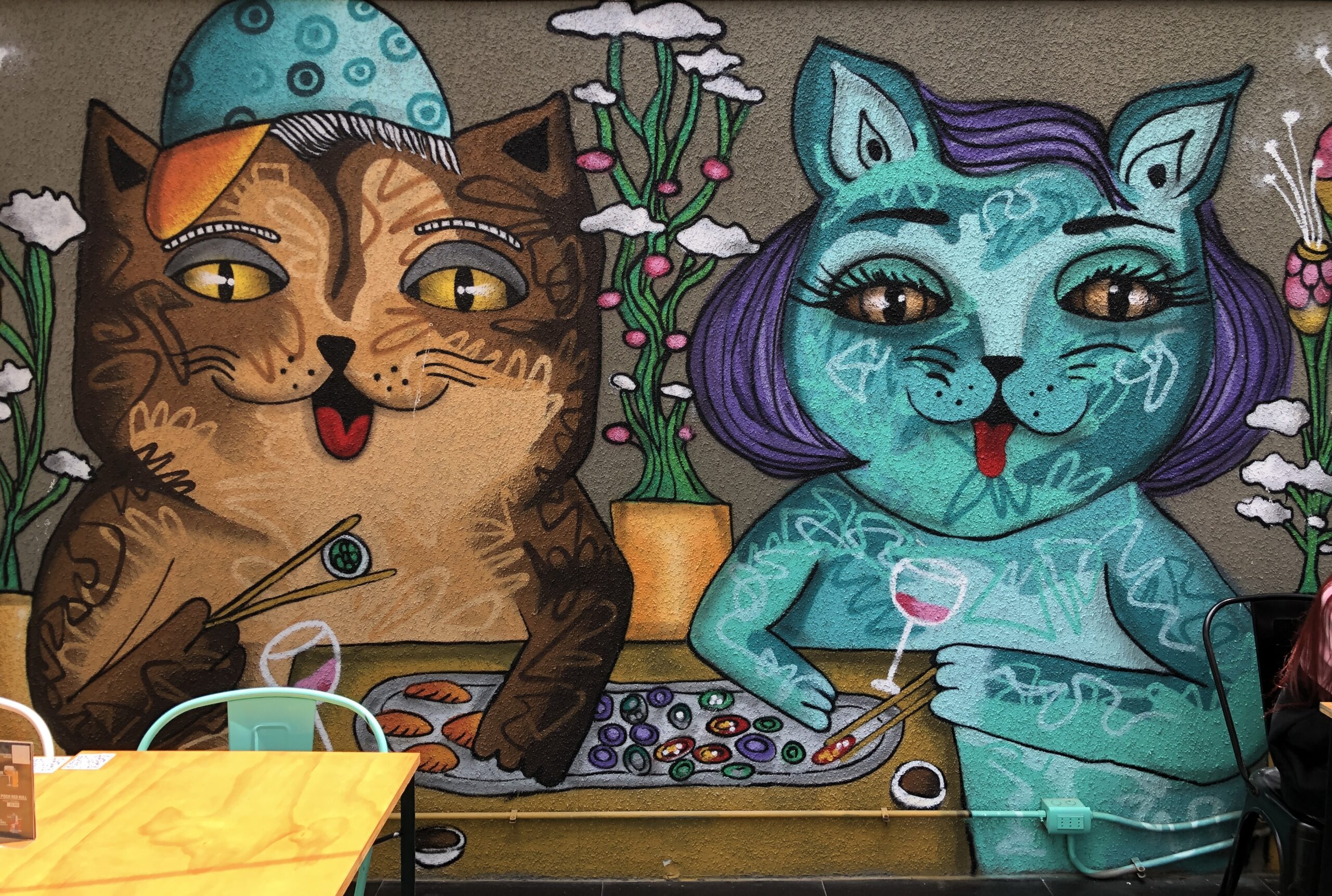
In stark contrast, when you walk away from the beach, you’ll find quiet streets and neighborhoods, with lovely little eateries on nearly every corner. The Chileans are such a nice bunch. There are a handful of places in the world where I feel at home, and I would add Chile to this list, for sure.
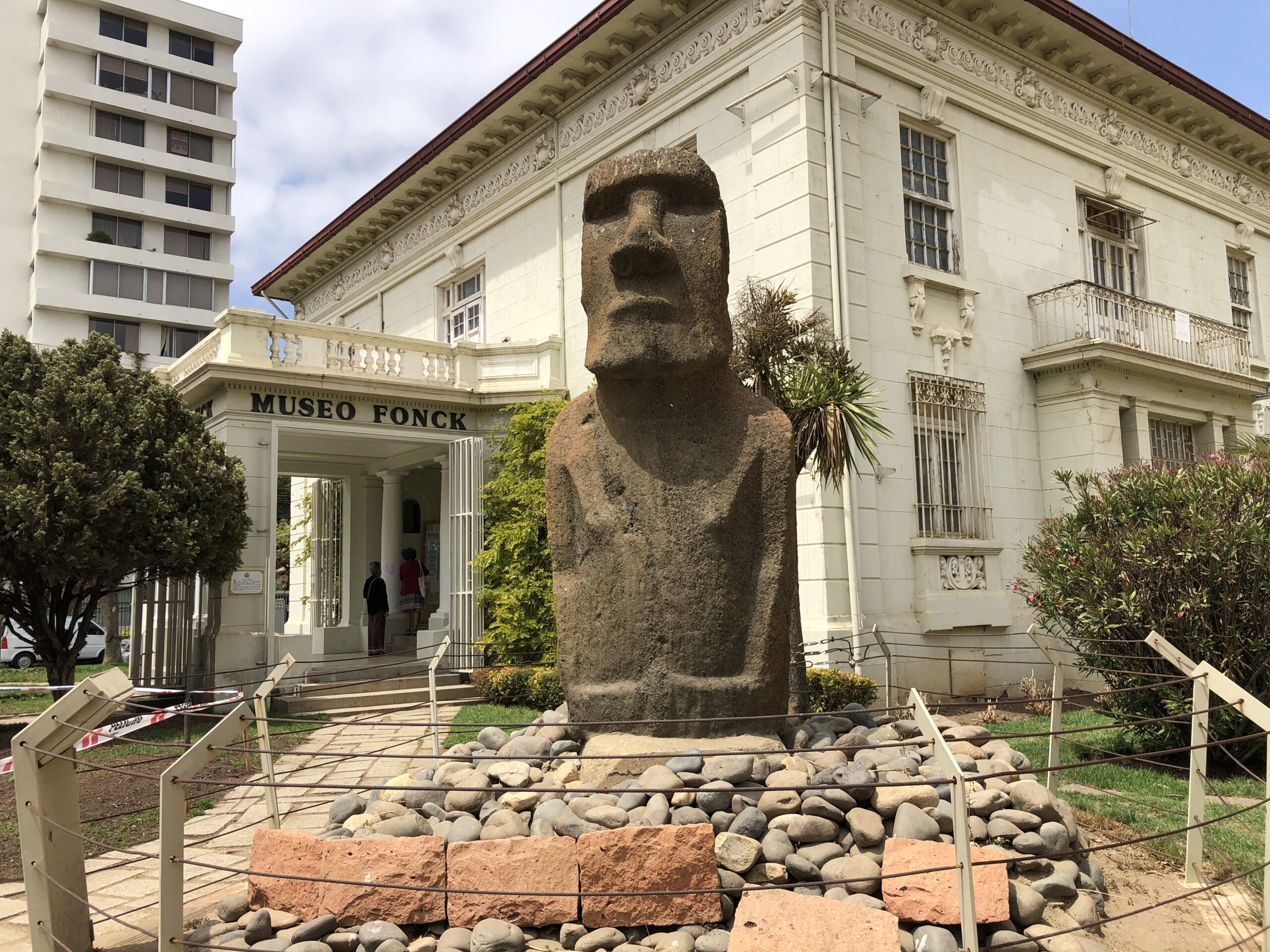
The Moai in Viña del Mar is located at the Museo de Arqueología e Historia Francisco Fonck at 4 Norte. 784, Viña del Mar, or Museo Fonck, for short. We found the little guy guarding the entrance to the museum. He was bold and proud, staring out over the world with old wisdom. We paid our respects, took photos, and parted ways. I felt privileged to be in his presence, and a little sad that he was alone, without his friends.
While we were here, we heard news of a Moai being transported from a Santiago museum back to Rapa Nui. One wrong is righted.
La Serena
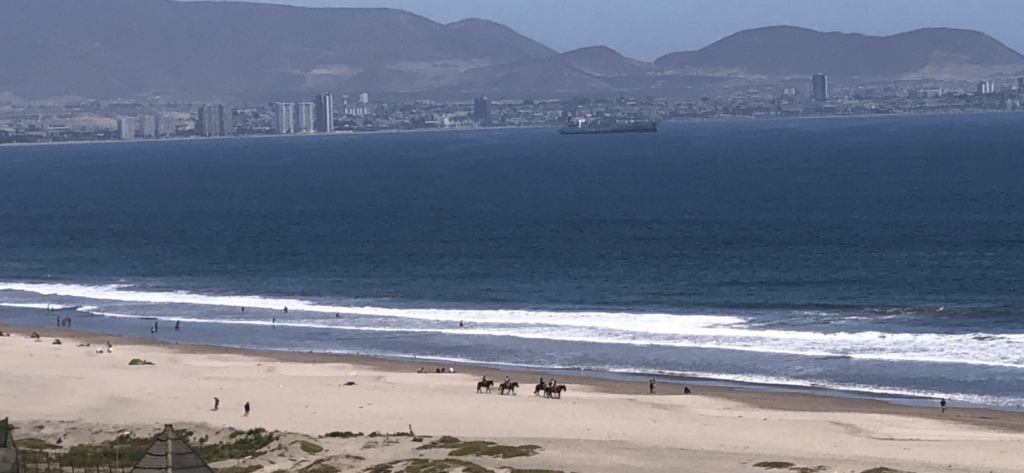
La Serena, a more northerly sea side town, with a long flat beach is great for walking, but watch out for the horse droppings. Horses can be rented and rode all along the beach here. It looks pretty, but to lay down a blanket is to risk sitting in poo. Unlike Viña del Mar, the ocean here is calm enough to swim in. Even though this is further north, it’s still pretty cold for the middle of summer.
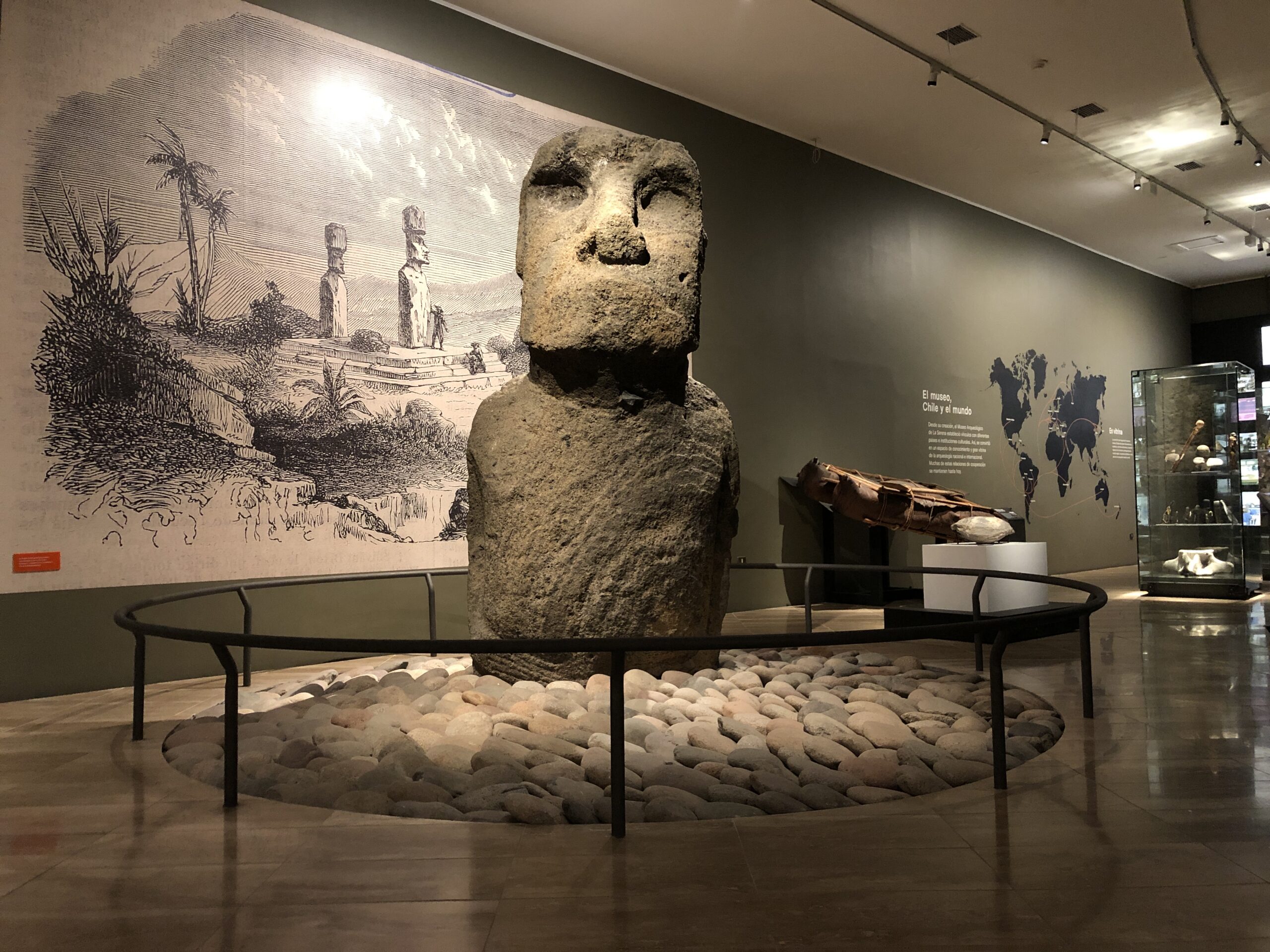
The Moai, here in La Serena, lives indoors at the Archeological Museum. His plaque reads:
This Moai was a gift to the city of La Serena. The Rapanui community sent him as thanks for the risky flight that took off from La Serena and united, for the first time, the island of Rapa Nui with the mainland. This feat occurred on January 19, 1951.
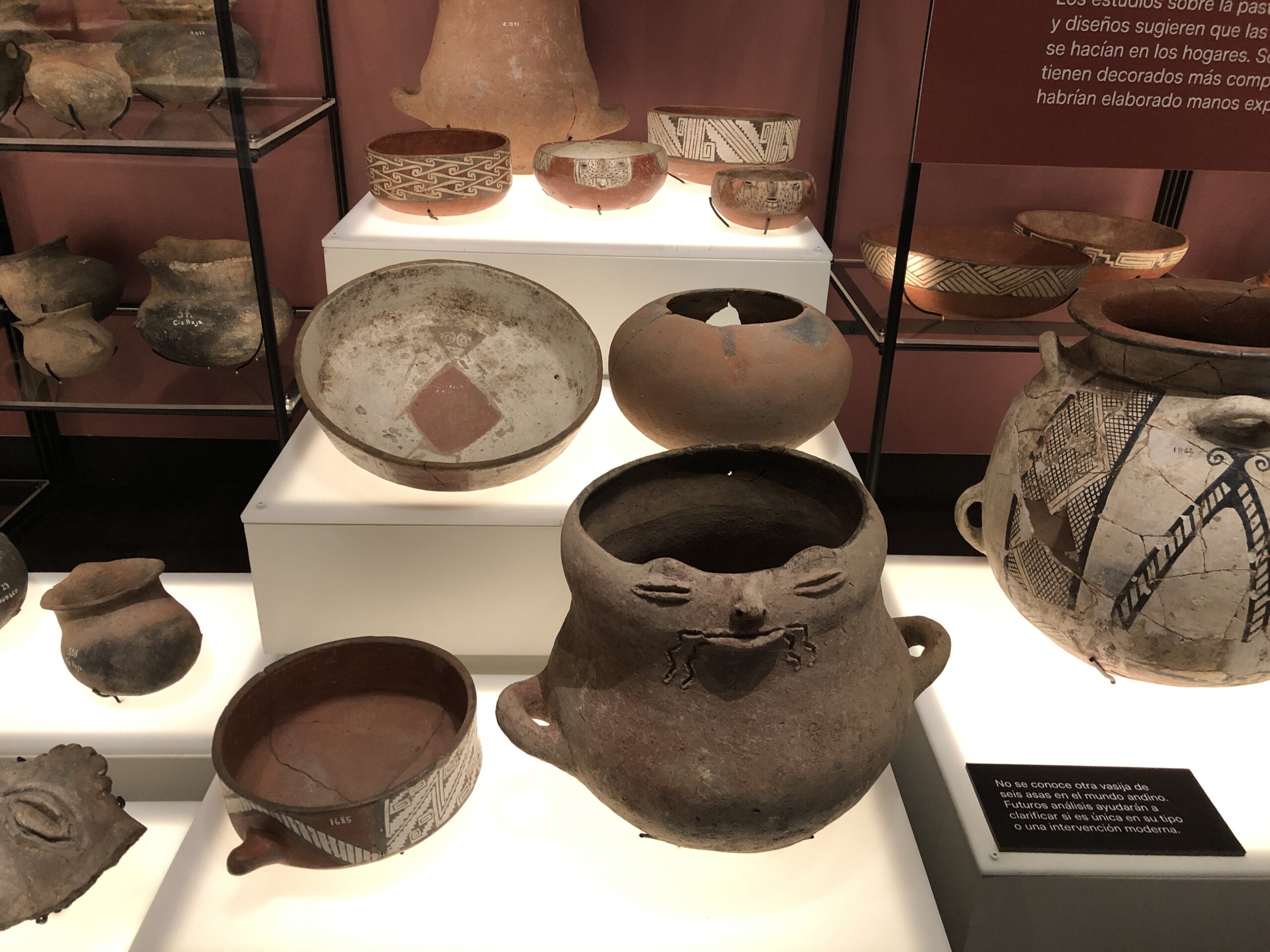
The museum had a lot to see other than this majestic Moai. There were artifacts from the indigenous peoples of Chile, showcasing their earthenware, which interestingly, often had faces carved on them. It seems that this culture either thought objects had souls or they were imbuing souls in them through their designs. Either way, they were lovely.
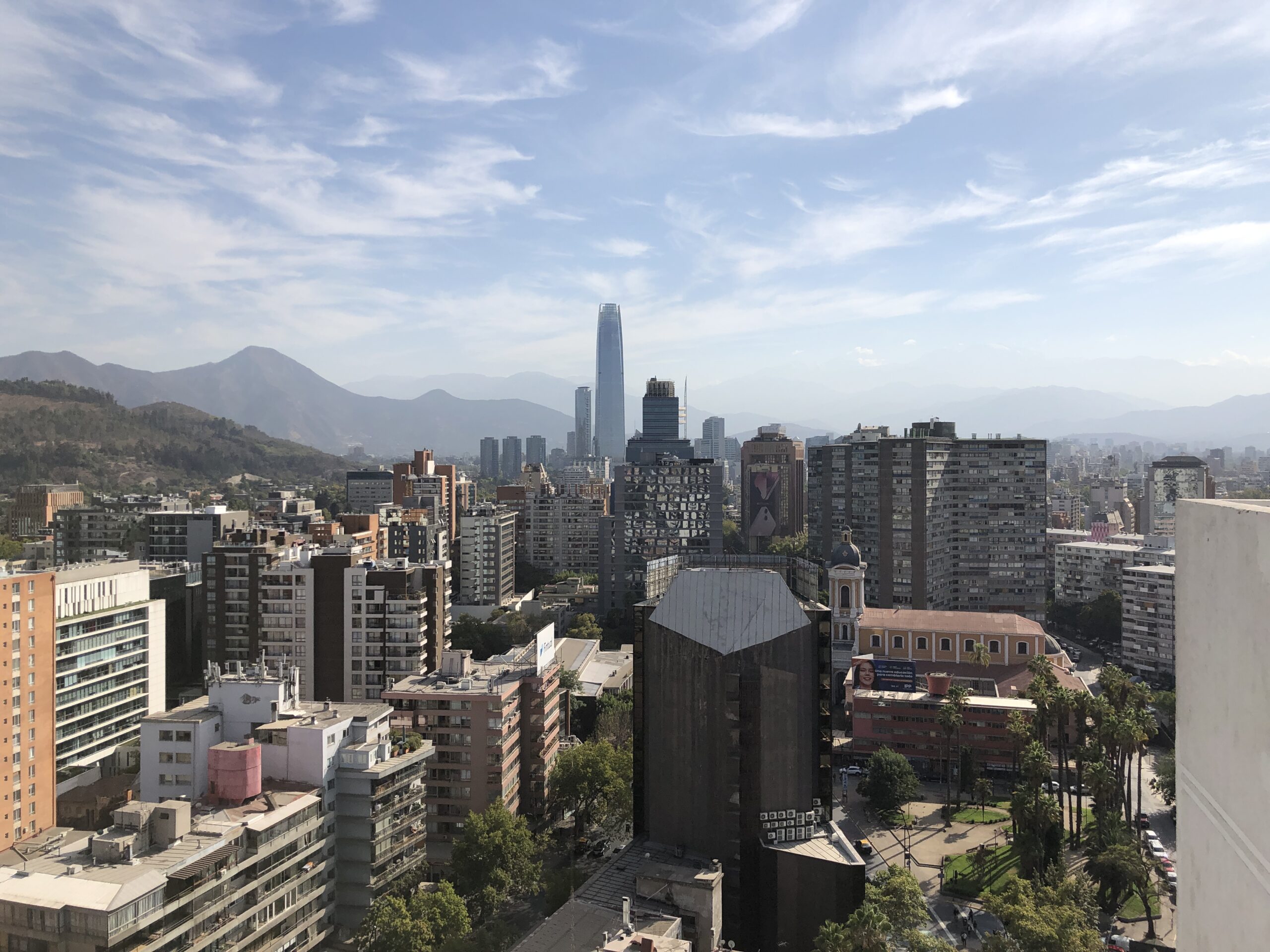
Chile is a peaceful seaside country, with the backdrop of the Andes ever present. It has a range of climates, since it runs from the equator to the Antarctic. There are around 19 million residents, and in our short time, we didn’t find many that spoke English, which tells me that not many English-speaking tourists come here. If you want to practice your Spanish, discover ancient cultures, enjoy the wild outdoors or just lay on the beach, then this is the place for you.
Dictionary
Rapa Nui (Easter Island) is the easternmost island of Polynesia.
The Rapanui are a Polynesian people.
